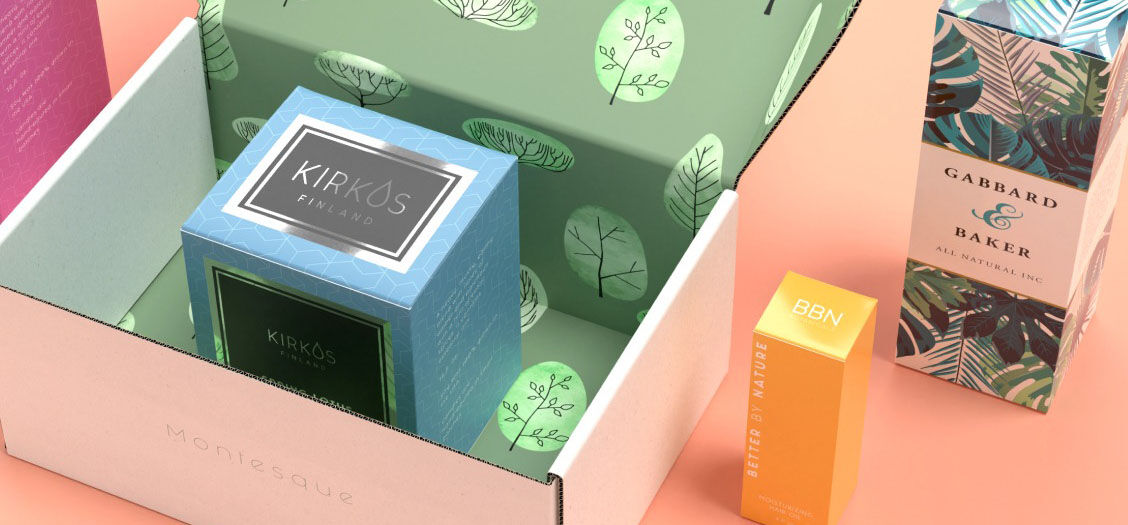The Ultimate Guide to Product Packaging Design

Nowadays, it isn’t enough for your product to be good. The quality of the
packaging itself has to be on par with your competitors, or even greater.
When customers purchase your products, they expect a complete brand
experience, something that plain packaging cannot offer.
In fact, in a recent poll made by
Ipsos, customers’ purchase decisions were dictated by design of a
product’s packaging (72%) and the materials used to package a product
(67%).
This is a telling, eye-opening statistic that all businesses have to take
to heart in order to succeed. Packaging design plays a pivotal role in
influencing customer behavior.
In this article, we’ll provide you with a guide on best practices and key
points to consider in designing product packaging.
Understand Your Products and the People That Buy Them
Before everything else, you have to take a long, hard look at your
products. Taking the time to do so will answer a lot of your questions
regarding how you should go about designing the perfect packaging.
What type of packaging does your product require? Does
your product require additional protection or will a box suffice? Can the
content be exposed to air or moisture? If you’re selling food and other
consumable items, will your customers immediately consume these after
opening? The answers to these questions will lead you to an effective and
user-friendly design.
The next factor to consider is your intended audience. Who are your customers? What are their habits and preferences? Dialing in customer behavior will help you understand how to approach packaging design. For example, colorful children’s toys won’t stand out when placed in an all-black box. If your target market are older adults, printing your copy in a large, easy-to-read font is crucial. You have to think of the end user and how they can best experience your product.
Once you’ve figured out the intricacies of your product and your audience,
the next item in the agenda is
how you want your products to be presented.
Will it be sent straight to their doorstep or will it be bought off the
shelf? Will it be bundled together with other goods or will it be sold by
itself? Presentation is an integral factor to consider.
Finally, you also have to take a look at how your competitors are
approaching packaging as well. Originality is important, and we ask you
not to copy your competitors, but merely observing and comparing notes
works wonders. Think about why they chose a particular design cue and how
it benefits the product—and how you can do it better. If they’re using
flat pouches, maybe stand-up pouches will be better? If they’re using
stand-up pouches, maybe one with a window will be more attractive to
customers?
When you consider these questions, you'll find the best way to move forward to achieve the best possible design for your product packaging. The next step is to take stock of what needs to be done in order to take your packaging design to the next level.
Choosing the Right Type of Packaging
What type of packaging do you need for your product? There are three types that are commonly used.
- Primary packaging is in direct contact with the items, such as sealed pouches or product boxes. This type of packaging is the last thing the customer sees before opening or consuming your products.
- Secondary packaging is usually used to group various products. This is commonly used for collating and curating a selection of items, similar to subscription boxes and mailer boxes.
- Tertiary packaging is used for storage or transit of goods. These are usually used to transport large and bulk items but can still be personalized to have branded designs.
Branding, Branding, Branding
Now that you’ve established your requirements and selected the right
packaging materials, the next step is to ensure that your design clearly
communicates your brand messaging. There should be no mystery as to what
your product is (unless that’s what you’re going for). One look and your
customers should know what you’re selling and why they should buy it.
Powerful branding sets you apart from the competition while proper
packaging works hand in hand with design in order to boost name recall.
How can you strengthen branding with your product packaging design? Here
are a few tips to keep in mind:
- Keep your brand name and logo front and center so that it stands out and everyone can see it.
- Use colors that are in line with your brand identity.
- Take note of the required details that needs to be placed such as ingredients, potential allergens, and nutritional information.
You have to create a design that incorporates these details without
detracting from the overall look and feel of the final product.
At the end of the day, creating the perfect product packaging design is
all about asking and answering the right questions and combining it with
the strength of your brand. What results is a focused, streamlined product
that you can be proud of.
Ready to take your packaging design to the next level? Start designing
with NextDayFlyers today.

